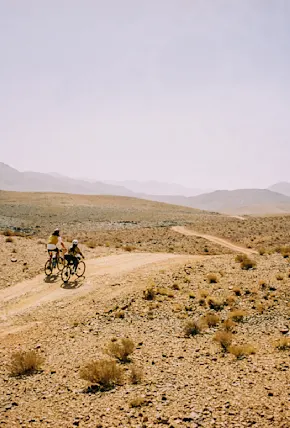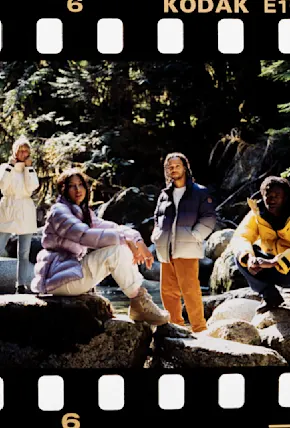It was amid the second wave of the pandemic in the fall of 2020 that, low on inspiration, I decided to book a trip to the Great Bear Rainforest on the coast of British Columbia, part of the the largest coastal temperate rainforest in the world. Our destination would be a new remote camp called Firvale Wilderness Camp, complete with dreamy A-frame cabins and geodesic dome tents.
Seven months later, we embarked on the 13 hour, 1,000-kilometer road trip from Vancouver to Nuxalk Nation, Bella Coola. The farther north we drove, the more wildlife we encountered: a black bear atop a birch tree, a cow moose camouflaged along the side of the Chilcotin Highway, and, to our surprise, a pair of white pelicans. The route also took us past forest fire damage from years past, where torched trees still stood for miles on end.





















